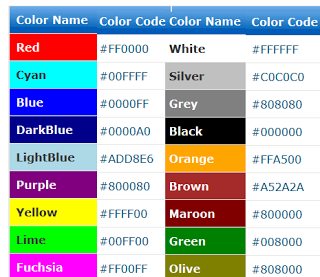
Typical RGB output devices are TV sets of various technologies ( CRT, LCD, plasma, OLED, quantum dots, etc.), computer and mobile phone displays, video projectors, multicolor LED displays and large screens such as the Jumbotron. Typical RGB input devices are color TV and video cameras, image scanners, and digital cameras. Thus an RGB value does not define the same color across devices without some kind of color management. RGB is a device-dependent color model: different devices detect or reproduce a given RGB value differently, since the color elements (such as phosphors or dyes) and their response to the individual red, green, and blue levels vary from manufacturer to manufacturer, or even in the same device over time. Before the electronic age, the RGB color model already had a solid theory behind it, based in human perception of colors. The main purpose of the RGB color model is for the sensing, representation, and display of images in electronic systems, such as televisions and computers, though it has also been used in conventional photography. The name of the model comes from the initials of the three additive primary colors, red, green, and blue. The RGB color model is an additive color model in which the red, green, and blue primary colors of light are added together in various ways to reproduce a broad array of colors. See the W3C color names for a full list of color names or look for (W3C) in the table below.Additive color mixing demonstrated with CD covers used as beam splitters

For example, in HTML tags and CSS that use color codes, you could use "red" instead of "#FF0000". With these colors, you can also use the color name.



 0 kommentar(er)
0 kommentar(er)
